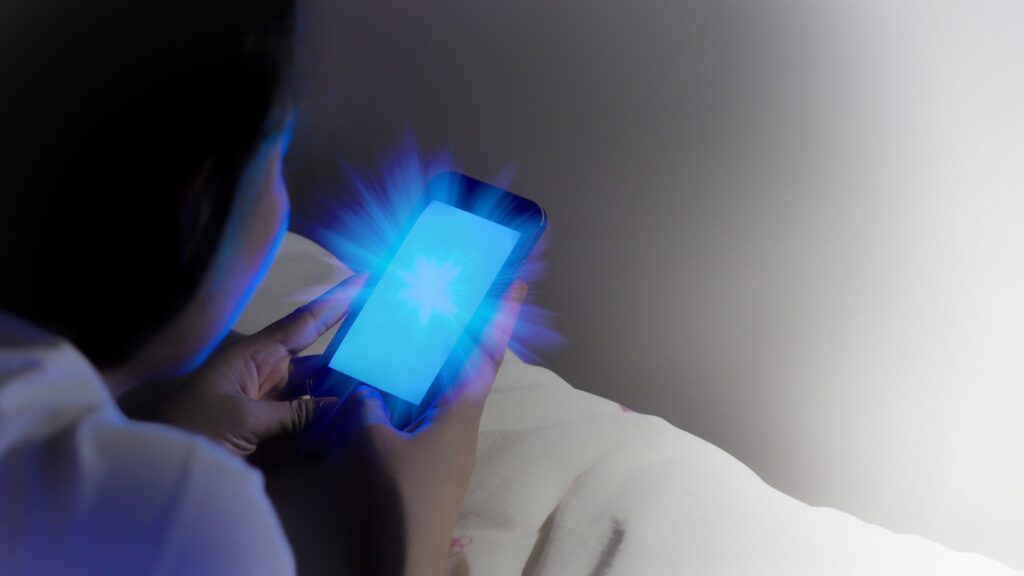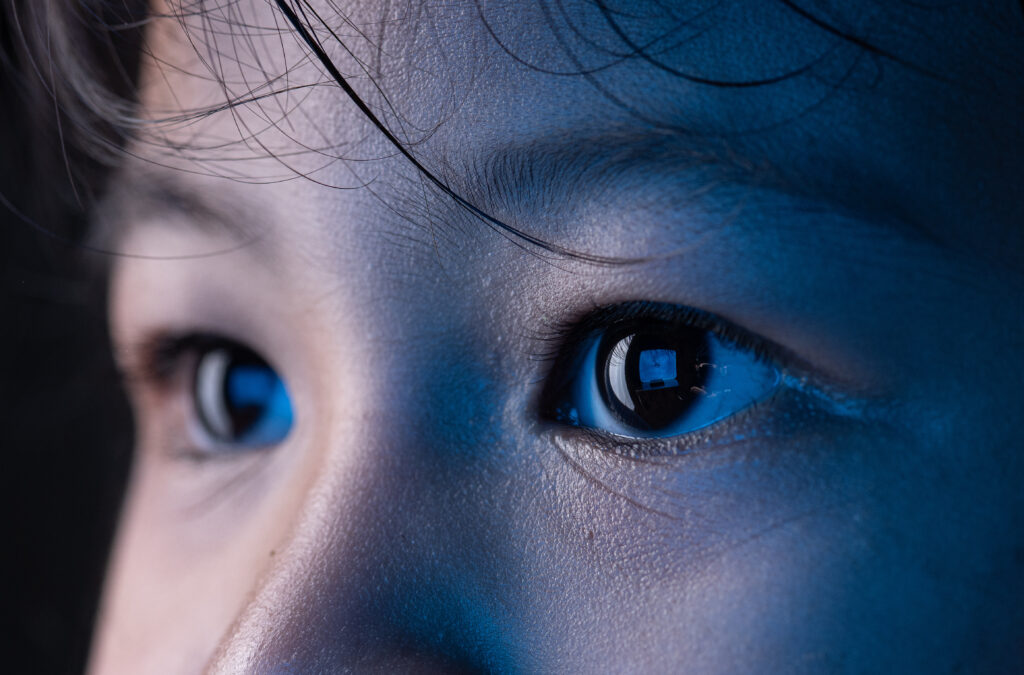In our digitally dominated era, screens are an integral part of our daily lives, from work to leisure. This constant exposure to digital devices has brought to light concerns about blue light and its potential effects on our health. Blue light, a high-energy wavelength emitted from screens, is beneficial during the day but can be disruptive at night, affecting our sleep and causing eye strain. As a result, blue light blocking glasses and filters have emerged as popular tools to mitigate these effects. Understanding the science, effectiveness, and alternatives to these blockers is crucial in our screen-centric world.
Blue light is a part of the visible light spectrum, characterized by a short wavelength and high energy. It is located near the violet end of the spectrum and is one of the most energetic forms of visible light. Naturally present in sunlight, blue light plays a vital role in regulating our natural sleep-wake cycle, or circadian rhythm.
Historically, the primary source of blue light was the sun, which helped regulate our biological clock. However, with the advent of digital screens like LCDs (Liquid Crystal Displays) and LEDs (Light Emitting Diodes), we are now exposed to increased levels of artificial blue light. Unlike traditional incandescent or fluorescent lights, LCD and LED screens emit a significantly higher proportion of blue light.

The concern over blue light exposure has grown with the widespread use of digital devices. Older screen technologies, such as cathode-ray tube (CRT) displays, emitted less blue light. The transition to LCD and LED screens in computers, smartphones, and televisions has dramatically increased our exposure to blue light, particularly in the evenings when it can be most disruptive.
Blue light’s high energy penetrates deep into the eye, reaching the retina. This can lead to digital eye strain, characterized by headaches, fatigue, dry or irritated eyes, and blurred vision. Moreover, excessive exposure, especially during evening hours, can disrupt our circadian rhythm. The blue light emitted by screens is potent enough to suppress the production of melatonin, the hormone responsible for sleep regulation, leading to difficulties in falling asleep and sleep disturbances. That’s where Blue light blockers come in.
Blue light blockers are designed to filter out wavelengths in the 400-500 nanometer range, reducing the amount of blue light that reaches our eyes. Unfiltered blue light, especially from screens, can have several detrimental effects on eyesight. Prolonged exposure can lead to digital eye strain, characterized by symptoms like dry eyes, irritation, blurred vision, and headaches. More significantly, there is growing concern that chronic exposure to high-energy blue light may contribute to retinal damage and long-term vision problems, including a potential increase in the risk of age-related macular degeneration (AMD).

Types of Blue Light Blocking Lenses and Their Benefits
- Clear Lenses:
- Benefits: These lenses are almost indistinguishable from regular glasses, making them suitable for everyday use. They offer a basic level of protection against blue light, which is sufficient for casual screen users.
- Drawbacks: Their filtration level is lower compared to tinted options. They may not be as effective for individuals who spend prolonged periods in front of screens.
- Yellow-Tinted Lenses:
- Benefits: These provide a higher level of blue light filtration, making them ideal for heavy computer users and gamers. They can help reduce eye strain and improve contrast.
- Drawbacks: The yellow tint can alter color perception, which might be inconvenient for tasks requiring color accuracy. They may also be less suitable for wearing outside of screen-heavy environments.
- Orange-Tinted Lenses:
- Benefits: Offering the highest level of blue light protection, these are particularly useful for use during evening or in settings with intense digital exposure. They are beneficial for individuals sensitive to blue light, helping to improve sleep quality.
- Drawbacks: The strong tint significantly alters color perception and might be visually intrusive for some users. They are typically not preferred for daytime use or in environments where natural color vision is important.
Many users report a noticeable reduction in eye strain and improved sleep patterns after using blue light blockers. However, experiences vary widely. Some individuals find substantial relief and improved comfort during prolonged screen use, while others may perceive only a marginal benefit. The potential of these lenses to prevent conditions like AMD remains a subject of ongoing research, with no definitive conclusions yet.

Optometrists generally recommend blue light blockers as one part of a comprehensive eye care strategy, especially for individuals who spend significant time in front of screens. They advise choosing a lens type based on the user’s specific needs and screen exposure levels. For instance, clear lenses might be suitable for someone with minimal screen time, while yellow or orange-tinted lenses might be better for heavy users. Additionally, optometrists emphasize the importance of regular eye exams and breaks from screens, proper ergonomic setups, and maintaining a balanced lifestyle to support overall eye health.
While blue light blocking glasses can be beneficial in reducing eye strain and improving sleep quality, choosing the right type of lens is essential. It’s important to balance their use with other eye care practices and consult with eye care professionals for personalized recommendations.
